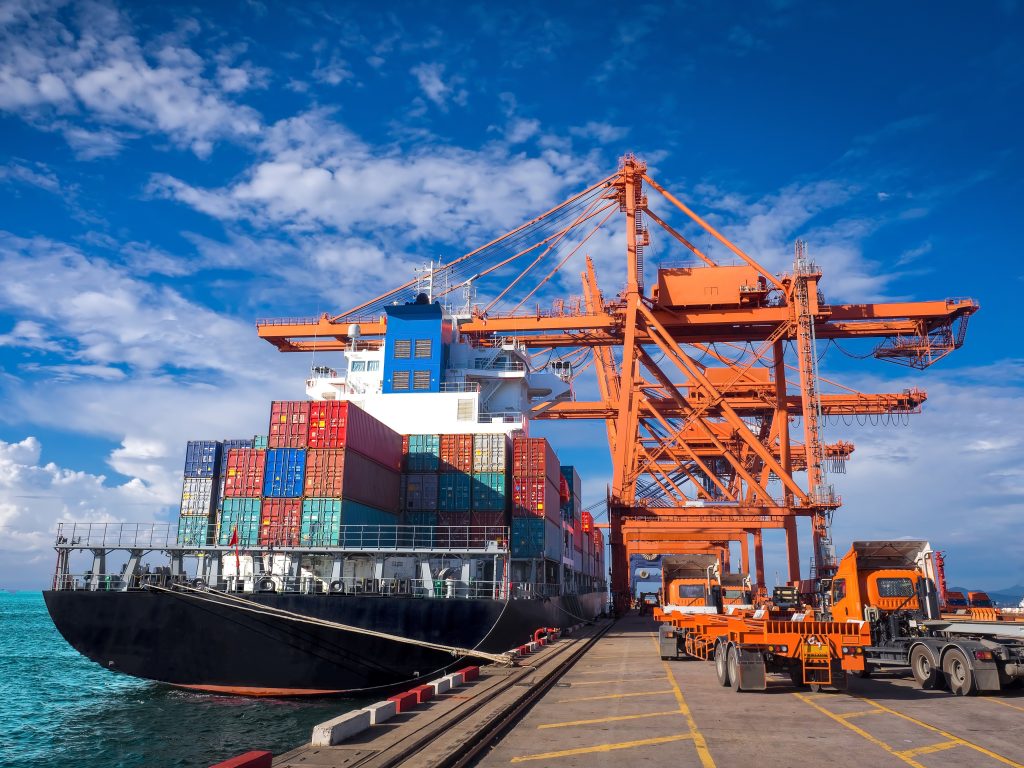Trading environment update
This update straddles two contrasting trading environments. The environment for the majority of February was one of optimism around the freeing up of global trade. Ports were functioning at or around capacity, there was increasing demand for lending as new contracts were signed, and export routes were re-opening. Overarchingly it was an environment of post-COVID expectation and a hunger to get back to liquid, rational
markets. At Kimura, this translated into renewed global due diligence travel, including visiting borrowers in Brazil, and the increasing of lending lines to clients showing healthy balance sheet growth. January returns of 0.57% in our Institutional share class were followed by 0.50% in Feb and stability was very much at the fore.
The second trading environment came about abruptly and forcefully. From speculation around the potential for Russian involvement in Ukraine in mid-February, to a full-blown ground battle which began on the 24th February as President Vladimir Putin of Russia announced a “special military operation” to “demilitarize and denazify” Ukraine.
The market effects were immediately reflected in the energy sector, components of which (in the form of Biofuel, Oil, Metallurgical and Thermal coal) currently form the backbone of our lending operations. With surging oil prices sending Brent oil briefly above $127 (their highest level since July 2008), demand for finance from traders and producers spiked with equal speed. When the underlying commodity price increases, traders are required to tie up more of their capital in margin payments. The result is tighter liquidity and a higher demand for external finance. This was reflected across the rest of the commodity complex, with grains also seeing huge price spikes over concerns for Ukrainian and Russian wheat exports.

In our previous commentary, we referred to the expected growth for 2022. This number has now been revised lower by the IMF from 4.9% to 4.4% and ominously noted that a default on debt by Russia was “no longer improbable”. Coupling that with a new COVID-19 wave seemingly sweeping Southern China from Shenzen, the prospects are suddenly far from rosy.
In light of the situation in Ukraine, to mitigate risk at Kimura we referred immediately to our risk processes. Drawing up a detailed matrix of risks and mitigants, we narrowed our primary risk instances to four of our borrowers. The first operates in the soft commodities space, supplying cocoa. Here we pivoted the payer from the Russian office of this household name brand to their US office, neutralising the immediate risk. Sanctions have led to marine cargo insurers activating war cancellation clauses in the Black Sea, meaning no new shipments will be headed to Russia in the near future.
Another exposure was linked to the processing of grain and seeds in Eastern Europe. Here we increased communication with the borrower, ensuring alternative storage and transport facilities were in place, and facilitating their pivot from higher risk locations close to the conflict, toward ports and storage with higher current stability levels. We have also reduced our exposure in this area accordingly.
Energy borrowers have fared somewhat better. While we have seen their demand for margin finance soar, our borrowers have been in positions of strength to use upticks in profits to pay margin requirements in cash, while making significant returns in the process. We monitor borrowers’ cash levels and the prices of the underlying’s, adjusting our risk ratings as required and having regular dialogue with the clients.
The secondary and tertiary effects of the instability in Ukraine will take longer to impact the market. Our positioning through March is one of cautious progression. Our global approach to portfolio construction mitigates risk from specific geographical disruption, however, knock on effects of high energy prices impact production and transportation everywhere. Couple that with the sudden removal of large financiers Sberbank and VTB, who previously were large operators in the commodity finance marketplace, and the case for private lending specialists such as ourselves is re-enforced.
Since hostilities began, we have seen full utilisation of our credit lines by our larger, high quality energy market participants, and approaches from more of the “blue chip” market participants for finance. Conservatively we could put an additional $200m to work within weeks and have stepped up our conversations with sophisticated investors.
New Product Pipeline
While our focus has been predominantly on developments in Ukraine and Eastern Europe, and mitigating investor risk to the region, we have continued to develop our new products.
We continue our work with MineHub, connecting borrowers to their financiers via a secure communication channel, giving access to real-time data on each transaction. Our ESG centric portfolio, centering on transitional metals and carbon alternatives, now has a launch pipeline of $100m of trade. We will be bringing this to market soon and welcome any approach from potential investors looking for exposure to carbon transition trades.
The DhowKimura portfolio, which lends to borrowers with Sub-Saharan African exposure, is also completing initial construction. With interest from a wide range of investor groups, we hope to assist in bringing this live in the coming quarter.
Contact us
Offices in Europe, Asia, USA, and Australia
Global Contacts e-mail:
Asia: Stephen@kimuractf.com
Australia: Greg@kimuractf.com
USA: Warren@kimuractf.com
